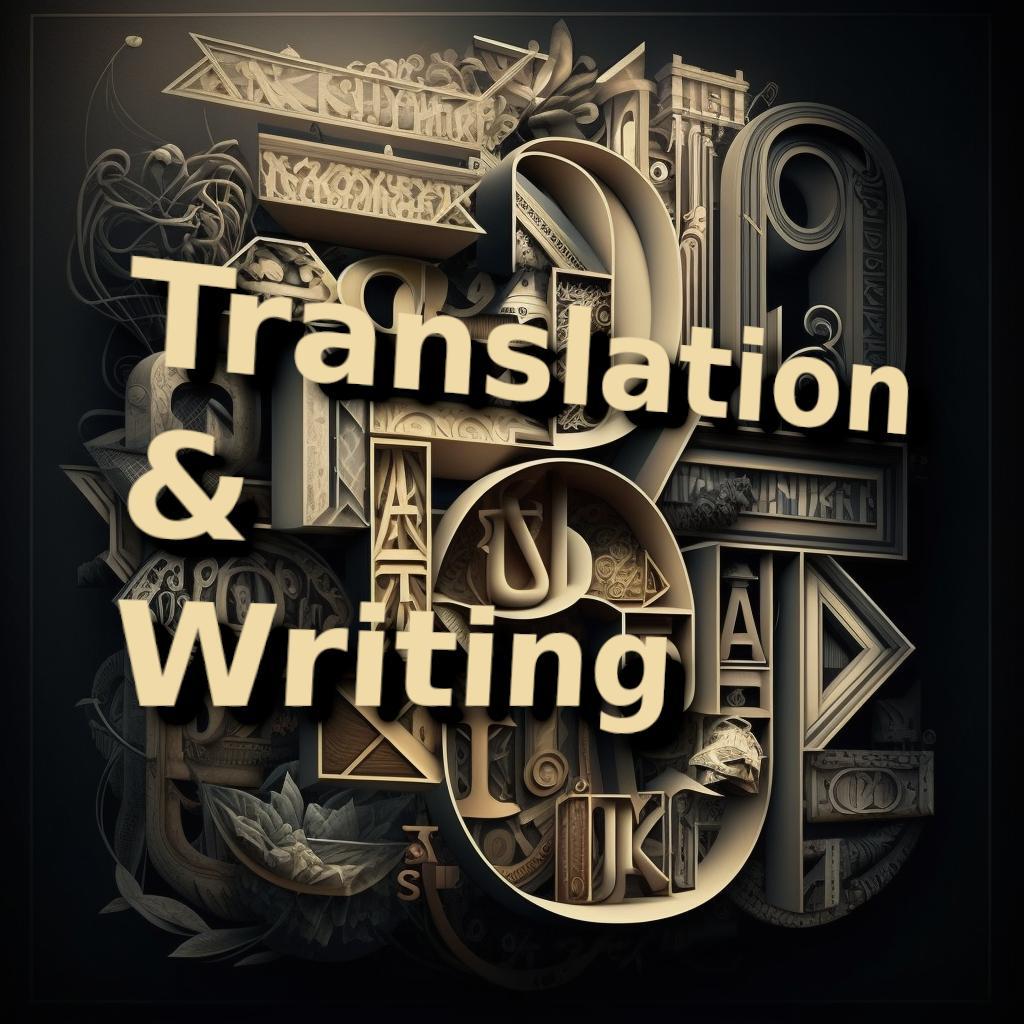


In our interconnected global society, the demand for translation services has skyrocketed, enabling businesses, individuals, and organizations to bridge language barriers and communicate effectively across borders. Whether you're expanding your market reach, translating legal documents, or localizing your website, mastering the intricacies of translation is crucial. This comprehensive guide aims to provide you with valuable tips for navigating the world of translation services, ensuring accurate, culturally sensitive, and impactful communication.
Define Your Objectives:
Before diving into the translation process, clearly outline your goals. Understand the purpose of your translation—whether it's for marketing, legal compliance, or information dissemination. This clarity will guide the translator in conveying your message accurately.
Hire Professional Translators:
Invest in professional translators with expertise in the specific field or industry relevant to your content. A qualified translator not only possesses linguistic proficiency but also understands the nuances of specialized terminology, ensuring accuracy and precision in the final translation.
Consider Cultural Nuances:
Translation is not merely about converting words from one language to another; it involves conveying cultural nuances. Be aware of cultural differences that might affect the interpretation of your message. A skilled translator can navigate these intricacies, ensuring your content resonates appropriately with the target audience.
Use Technology Wisely:
While technology has brought about significant advancements in translation, it's crucial to use it judiciously. Machine Translation (MT) tools can aid in speeding up the process, but they lack the nuanced understanding of the context that human translators bring. Consider using Computer-Assisted Translation (CAT) tools to enhance efficiency while maintaining quality.
Maintain Consistency:
Consistency is key in translation, especially for branding and marketing materials. Create a style guide with preferred terminology, tone, and writing style. Share this guide with your translators to ensure a cohesive and unified message across all translated content.
Provide Context and Reference Materials:
To aid the translator in understanding the context of your content, provide reference materials, glossaries, and any background information. This additional context empowers the translator to deliver a more accurate and contextually relevant translation.
Review and Revise:
Translation is a collaborative process. After the initial translation, conduct thorough reviews to catch any errors, inconsistencies, or misinterpretations. Involving native speakers or subject matter experts in the review process adds an extra layer of assurance.
Localize for Your Audience:
Localization goes beyond translation by adapting content to suit the cultural and linguistic preferences of a specific region. Consider localizing not only the language but also images, symbols, and idioms to create a more relatable and engaging experience for your target audience.
Plan for Multilingual SEO:
If you're translating content for online platforms, consider multilingual Search Engine Optimization (SEO). Optimize keywords, meta tags, and URLs for each target language to enhance discoverability and reach a wider audience in diverse linguistic markets.
Maintain a Long-Term Relationship:
Building a long-term relationship with a reliable translation service provider ensures consistency and familiarity with your brand or personal style over time. This collaborative approach fosters understanding and streamlines future translation projects.
Translation services involve the conversion of written or spoken content from one language to another. Some common types of translation services include:
Document Translation: Document translation services involve the translation of written documents such as legal agreements, technical manuals, academic papers, or marketing materials.
Website Localization: Website localization involves translating the content of a website from one language to another, taking into account cultural and linguistic differences to ensure that the content is appropriate for the target audience.
Interpretation: Interpretation services involve the conversion of spoken content from one language to another in real-time. This can include simultaneous interpretation for conferences or events, or consecutive interpretation for legal or medical appointments.
Audiovisual Translation: Audiovisual translation involves the translation of audio or video content, including subtitling, dubbing, or voice-over services.
Software Localization: Software localization involves the translation of software applications, websites, or mobile apps to make them accessible and user-friendly for users in different countries or regions.
Multilingual Desktop Publishing: Multilingual desktop publishing involves the design and layout of printed or digital materials in multiple languages, taking into account differences in font, layout, and other design elements.
Translation services may also include proofreading, editing, or quality assurance to ensure that the translated content is accurate, culturally appropriate, and linguistically sound. Overall, translation services play an important role in breaking down language barriers and enabling communication across cultures and borders.
Translation services are connected with a wide range of services and sectors, including:
Business: Translation services are essential for companies that operate in multiple countries or regions, allowing them to communicate effectively with customers, partners, and employees in different languages. This includes industries such as finance, marketing, legal, and healthcare.
Government: Government agencies and institutions require translation services to communicate with citizens, stakeholders, and other government entities in different languages. This includes services such as legal translation, localization of government websites, and interpretation of international meetings and events.
Education: Translation services are important for educational institutions that have international students or offer courses in multiple languages. This includes services such as translation of course materials, academic papers, and localization of e-learning platforms.
Media: Translation services are essential for media outlets that produce content in multiple languages, including subtitling, dubbing, and voice-over services for films, TV shows, and other media content.
Healthcare: Translation services are critical for the healthcare industry, allowing doctors, nurses, and other healthcare professionals to communicate with patients in different languages. This includes services such as translation of medical records, interpretation of medical appointments, and localization of healthcare websites and patient information.
Travel and tourism: Translation services are important for the travel and tourism industry, enabling businesses to communicate with international customers and provide information about tourist attractions and destinations in different languages.
Translation services are connected with a wide range of services and sectors, reflecting the importance of effective communication across languages and cultures in today's globalized world.
Writing services and content creators' services involve the creation of written content for various purposes, such as marketing, advertising, publishing, or academic research. These services can be provided by individuals or companies that specialize in writing and content creation, and they may include:
Copywriting: Copywriting involves the creation of written content for advertising and marketing purposes, such as product descriptions, ad copy, or email campaigns.
Content writing: Content writing involves the creation of written content for websites, blogs, or social media, with the goal of engaging and informing the audience.
Technical writing: Technical writing involves the creation of written content for technical or scientific purposes, such as manuals, reports, or research papers.
Creative writing: Creative writing involves the creation of written content for artistic purposes, such as novels, short stories, or poetry.
Editing and proofreading: Editing and proofreading services involve reviewing and refining written content to ensure accuracy, clarity, and coherence.
Ghostwriting: Ghostwriting involves writing content on behalf of someone else, such as a celebrity or public figure, who may not have the time or expertise to write the content themselves.
Writing services and content creators' services are important for businesses, organizations, and individuals who need high-quality written content for various purposes. These services can help to improve the effectiveness of marketing and advertising campaigns, enhance the quality of academic research and publications, and engage audiences with compelling and informative content.
Effectively navigating the realm of translation services requires a combination of linguistic expertise, cultural sensitivity, and strategic planning. By incorporating these tips into your translation process, you can ensure that your message transcends language barriers, resonates with your target audience, and contributes to successful global communication. Embrace the power of translation to connect with the world and unlock new opportunities for growth and collaboration.
Sincerely yours,

We use cookies
We use cookies and other tracking technologies to improve your browsing experience on our website, to show you personalized content and targeted ads, to analyze our website traffic, and to understand where our visitors are coming from. Privacy Policy.